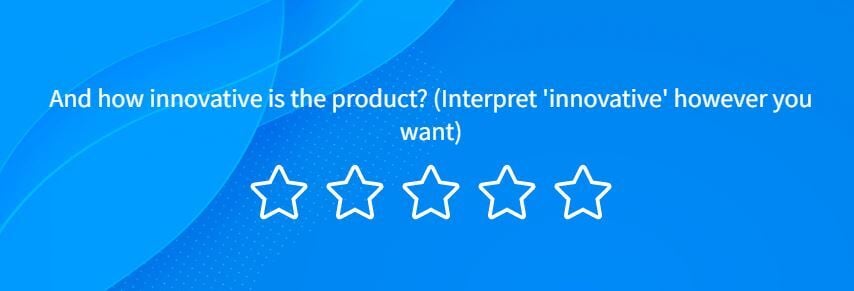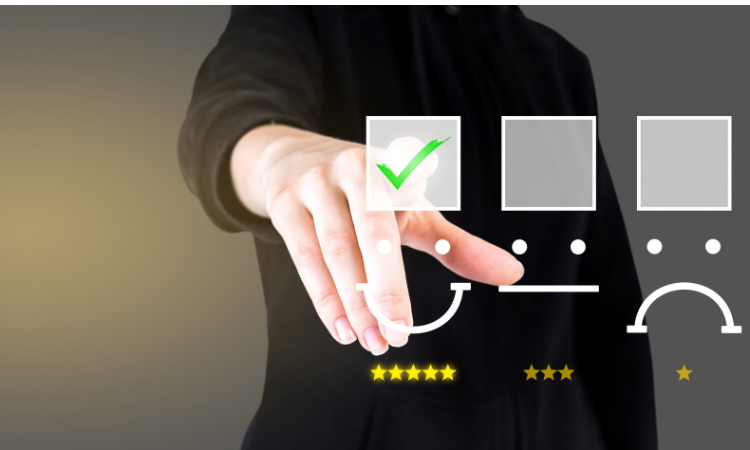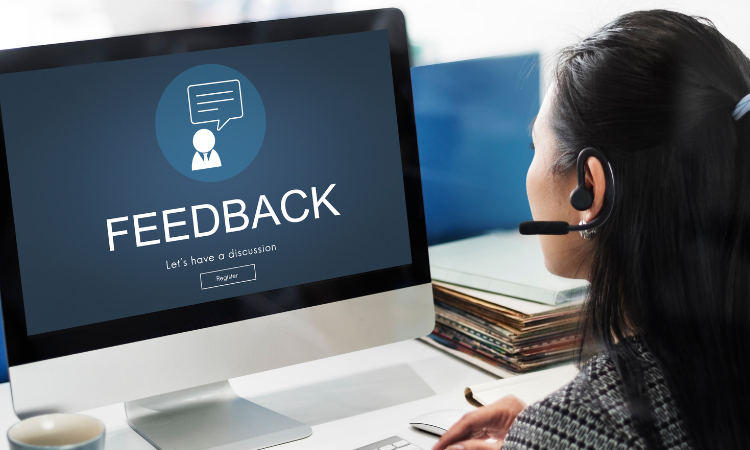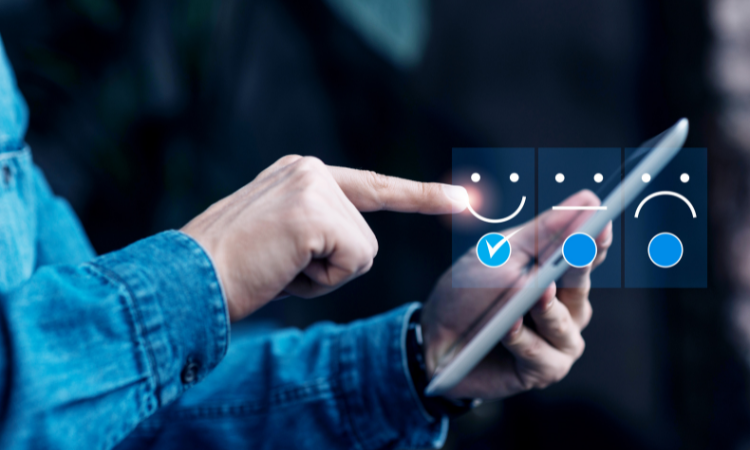When it comes to making a product successful, it is not limited to just selling a product to the customers with good features. Developing a product and making your customers love it is a full-fledged process. Your product is not just a service to which your users subscribe. It is a complete experience that you provide to your users on which your success depends.
Product is the core of User Experience and it depends on the entire Product Experience how your product users perceive their journey with your brand. Users are the soul of Product Experience, and you have to take care of them at every stage. Providing a great Product Experience requires you to consider all the aspects and touchpoints of the user journey and ensure that your customers are satisfied with all of them. Here comes the need of CPE, the Complete Product Experience.
In this article, we will explore what is Complete Product Experience, why it is important to focus on the Complete Product Experience, various components of CPE and who is responsible for providing it. Let’s get started!
Measure Product Feedback & User Insights 💻
With Product Feedback Surveys, understand what users need and learn ways to delight your customers.

What is Complete Product Experience?
CPE or Complete Product Experience is the sum total of all the interactions that users have with a product and the company. It is the overall experience of the users including the Product Experience with respect to every touchpoint like marketing, sales, free trial, onboarding, product functioning, issue resolution, and everything related to the product that users go through.
Let’s explore why it is so vital to focus on the Complete Product Experience.
Why to Focus on Complete Product Experience?
When you are into product business, it is essential to look at the entire Product Experience from the beginning till your relationship exists with the users. You can not afford to just focus on one aspect and ignore the other. Doing this will hamper the success of your product.
For instance, you do everything to market your product and attract new users to your product. Then you give a free trial of your product to your potential customers, ensuring that the free trial experience is great for the users. Then you put in efforts to convert your prospects and provide a great Onboarding Experience to your new customers.
Additionally, investing in high-quality product photography can play a pivotal role in conveying the value and aesthetics of your product, fostering a deeper connection with your audience.
Then one day some of your customers start facing some issues with a product feature. They try to find relevant knowledge bases to help themselves but with no success. They seek support from your customer support team, but they do not get a response for long. Then even after multiple follow ups, they get a slow response but still their issue doesn’t get resolved for long. How would they feel? Frustrated, isn’t it?
This one issue with your after-sales services will ruin the entire experience and the users will feel that your company just focuses on selling the product subscription and doesn't care for the existing clients when they are in need. Eventually, it will adversely affect user loyalty and they will start looking for a competitor with a similar product but better customer support and service.
On the other hand, when you look into every aspect of your product and user journey, resolve user issues at the earliest, and strive to provide an amazing CPE at every touchpoint, it conveys that you care for your users. It increases User Satisfaction, loyalty, and develops a life-long relationship with your users ultimately contributing to the success of your product and organization.
So you have to focus on all the parts and types of Product Experience and follow a holistic approach about your product and the Product Experience you provide to the users to ensure that your product users are satisfied with it. Let’s explore the different components of CPE (Complete Product Experience).
Components of Complete Product Experience
- Marketing
- Sales
- Onboarding
- Technology
- Product Feedback
- Supporting Systems
- Customer Support
- Third-party Integrations
- Policies
Let’s learn more about these components and how they are important to ensure a good CPE.
1. Marketing
This component focuses on how your customers learn about your product, and how you will attract new customers. At this touchpoint, you need to ensure that you are omnipresent on various platforms, and you have enough content available to showcase your product and invite new users to try it. You need to focus on social media, online review platforms, and your own content regarding your product and how it helps its users to achieve their goals. Instagram, as an example, stands-out as a platform for presenting your brand to billions of users. Considering that the average person spends 33 minutes daily consuming content on Instagram, neglecting this communication channel would be a significant-missed opportunity.
2. Sales
This component focuses on educating the prospects about your product through your sales representatives and explaining to them how it will be useful to them. Your sales reps must be competent enough to present your product in a great way, explain all the subscription plans of your product, and prompt the users to try your product.
You must offer a free trial of your product for a few days so that customers can comfortably try your product without needing to invest in it in the beginning itself. Then, when the free trial is over, you can collect Product Feedback and try to convince the users to buy a subscription.
3. Onboarding
Onboarding is an important touchpoint of the user journey where you welcome your newly joined users. It focuses on educating the converted users on how to use the product. It is crucial to provide a smooth onboarding experience to the new users as it creates a lasting impression on the users.
4. Technology
Technology refers to the core functioning and features of the product for which the customers have invested in your product. It also focuses on the technology you use with your product to deliver its functions. Users nowadays expect the product technology to be not only functional, but also comfortable and smooth for them. So it is important to ensure that the technology you use in your product provides a seamless experience to the users.
5. Product Feedback
Product Feedback is a very important element of CPE. It tells you how your product users think and feel about your product and their experience with your product. Product Feedback is a way to measure Product Experience in terms of User Satisfaction and loyalty.
It is essential to measure Product Experience in order to know how much your product is able to make the users happy and satisfied. The best way to collect Product Feedback is by using an effective Product Experience Tool like Zonka Feedback that can help you create comprehensive Product Feedback Surveys and send them to your product users via various channels. Utilize Product Feedback by taking action on it to improve your product.

6. Supporting Systems
Supporting Systems are the internal systems that you use with your product to deliver the product experience to the users. These support systems are hidden elements but have a significant impact on the Complete Product Experience. Tools like your CRM tool, billing tool, and Analytics are good examples of supporting systems. You need to ensure that all these supporting systems work well for the users and contribute in providing a smooth experience to your product users.
7. Customer Support
Providing good customer support is vital for the success of any organization.
Researchers suggest that 90% of the Americans consider customer service as a deciding factor to choose a brand or a product.
Customer Support includes all the tasks you do to help your product users to use the product and resolve their issues. You must ensure that your customer service and support system is strong enough to timely resolve the users’ issues and help them to make the best utilization of your product with all the features.
8. Third-party Integrations
Third-party integrations help to integrate your product to other tools like CRM tools and other office tools. The focus is to make the users’ lives easier and tasks seamless by providing them easy yet powerful third-party integrations.
9. Policies
This component is also important to ensure that your product users can easily use your product and resolve their issues. Policies provide a framework for the employees to take action on customers’ requests. Ensure that the policies you make are user-friendly and contribute to providing a great CPE.
Who is Responsible for Complete Product Experience?
Product Managers are the ones who are responsible for ensuring amazing Complete Product Experiences. But they cannot do it all alone. Various teams like Marketing, Sales, Development, and customer support are a part of it.
Include your Sales and Marketing teams in CPE and train them to provide a great Product Experience as they are the ones who directly interact with your product users for the first time and get to know users’ demands and expectations.
Your Development team is also responsible for providing a significant Product Experience as they are the ones who are directly involved in developing your product and product features.
Along with that, your Customer Support Teams also play a great role in influencing the Complete Product Experience because they are the ones who help the customers when they are in need. How well and how quickly they resolve user issues has a significant impact on CPE.
Conclusion
To make your product successful and retain your customers for long, it is necessary to provide a great Product Experience at every touchpoint and adopt ways to improve Product Experience wherever required. So companies should focus on Complete Product Experience and strive to provide a great Product Experience to the users at every touchpoint of the user journey.
CPE has various components to focus on. You must ensure that your product users get a great experience at every touchpoint and each component. Product Managers along with all other teams like Marketing, Sales, Product Development and Customer Service teams are responsible for providing a great CPE to the users.
You can measure Product Experience by an effective Product Experience Tool like Zonka Feedback that helps you not only to create effective Product Experience Surveys and send them to your customers via various channels, but also take action on the feedback so collected and close the feedback loop to satisfy the users and prevent churn.
You can try it for free for 7 days and see how it works for your product.











